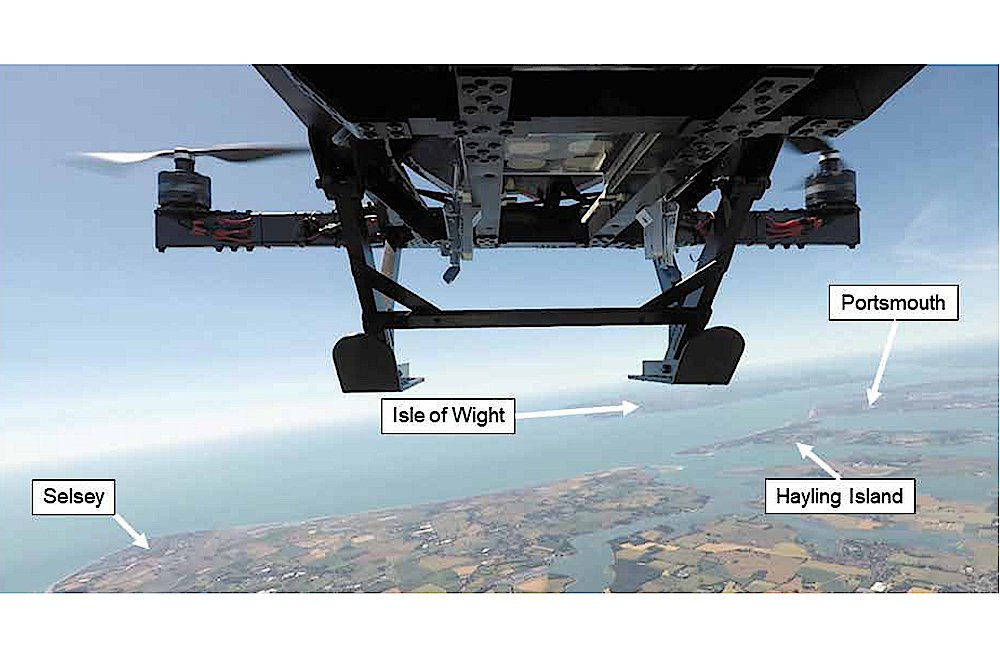
As reaction continues to news that a 95kg drone went out of control in airspace for Gatwick, before crashing to the ground from 1.5 miles up, air traffic controllers say they were 'prepared' for the problem.
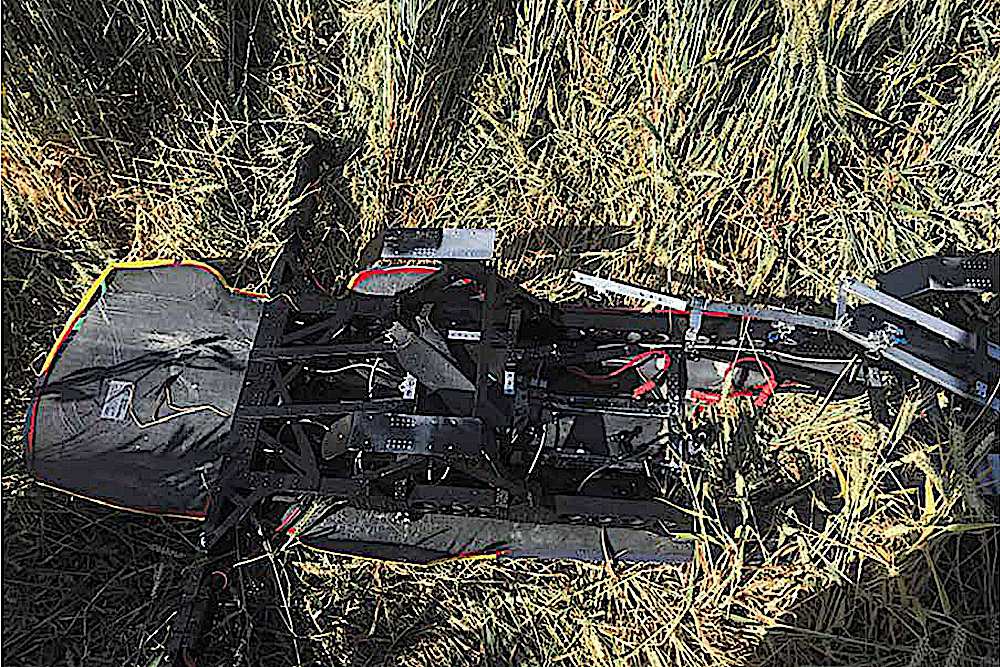
It followed the release of a report by the Air Accidents Investigation Branch into what happened when the unmanned aircraft went out-of-control during a demonstration flight from Goodwood on July 4 2019.
Investigators noted that, as the Alauda Airspeeder Mk II drone was shown off, the remote pilot lost control before the aircraft climbed to 8,000ft — around 1.5 miles high, and in the path of aircraft holding to land at Gatwick.
A safety 'kill switch' was operated — but it had no effect, and the drone continued to fly, without control, higher and higher.
After the on-board battery expired, the unmanned aircraft fell from the sky into a field of crops 40m from occupied houses.
Investigators also found the aircraft, or one of the same design, had suffered a 'hard landing' the previous day at Goodwood, but the accident was not notified, which the law requires.
National Air Traffic System officials said:
"NATS has well-rehearsed processes in place for events such as this.
"When we were made aware of this incident, our controllers took immediate action to ensure flights in the vicinity were alerted.
"Our priority is the safety of all airspace users.
"We have always supported the Government’s decision to expand exclusion zones around airports.”
In the investigation, the AAIB said the drone's maker hadn't told the truth about its safety, and that its construction didn't adhere to standards.
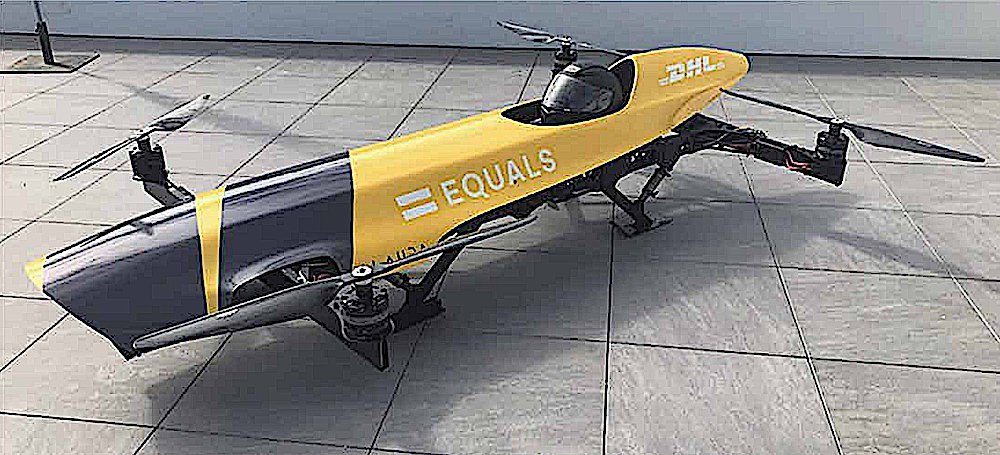
The branch stated:
"The Alauda Airspeeder Mk II was not designed, built or tested to any recognisable standards.
"Its design and build quality were of a poor standard.
"The [circuit] boards were populated with ‘hobbyist’ components with exposed wiring, large amounts of solder and lumps of adhesive.
"The kill switch used an electronics prototyping board with a number of jumper wires instead of a printed circuit.
"Failure of any of these wires would render the kill switch inoperative
"The operator’s Operating Safety Case contained several statements that were shown to be untrue."
The branch also mentioned that the Civil Aviation Authority had not met the operator or inspected the aircraft before the flight leading to the accident, although it had assessed a written application, and asked questions to clarify certain areas.
As a result of the report, the AAIB made 15 safety recommendations, and the CAA has already stated:
"We have already made significant changes to our requirements and oversight following the incident.
"We have now received the final AAIB report and will be looking to quickly address the recommendations.
"We will keep UAS operators and the wider industry up-to-date and involved in this work."


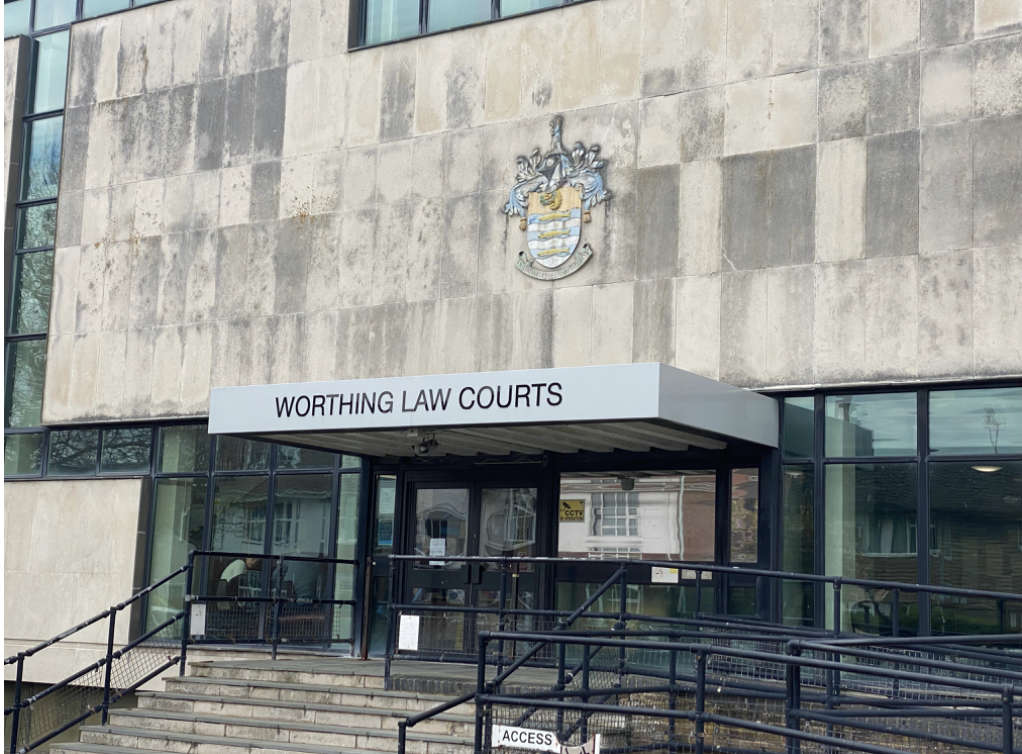 Specialist Domestic Abuse Courts Now Running In Sussex
Specialist Domestic Abuse Courts Now Running In Sussex
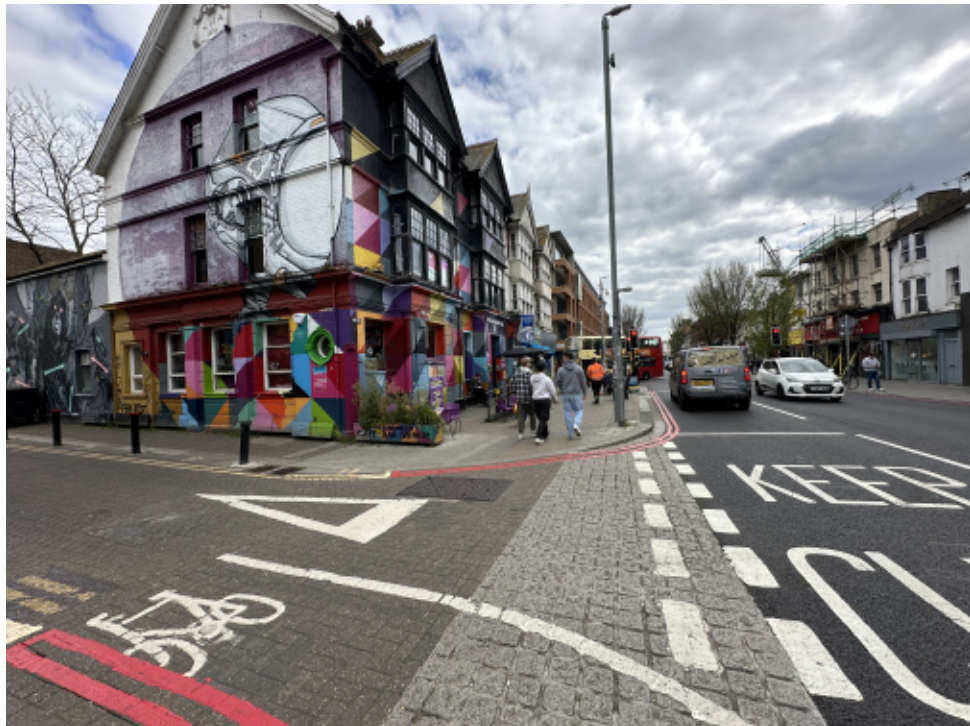 New Brighton Red Route Just A "Cash Grab" Says Trader
New Brighton Red Route Just A "Cash Grab" Says Trader
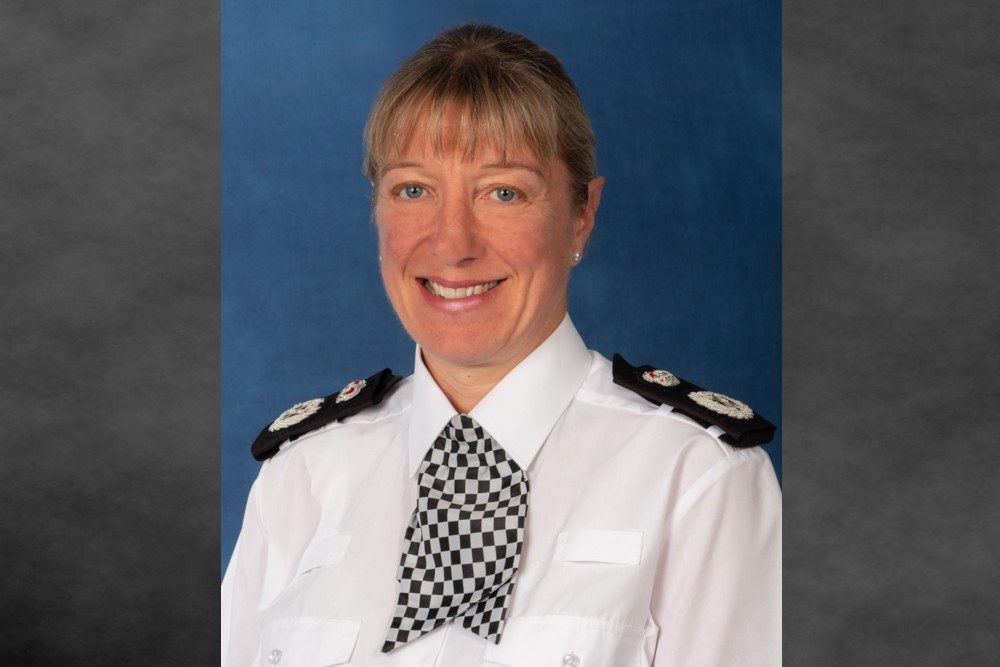 Clare's Law Requests To Sussex Police Increase By 50%
Clare's Law Requests To Sussex Police Increase By 50%
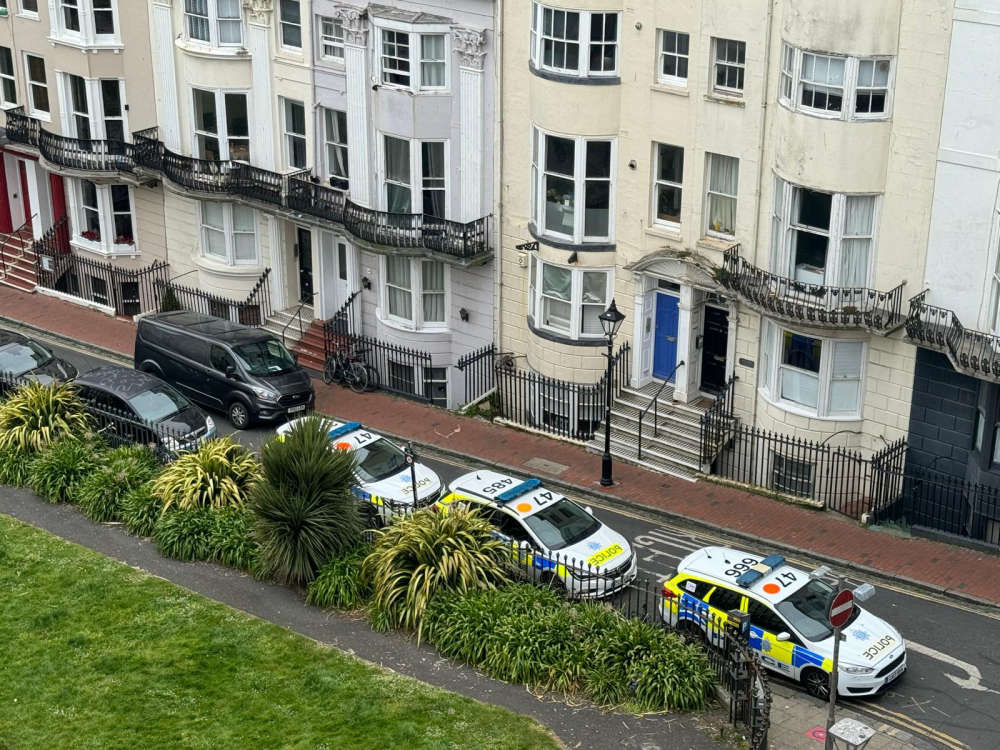 Two Arrested After Woman Dies In Brighton Hotel
Two Arrested After Woman Dies In Brighton Hotel
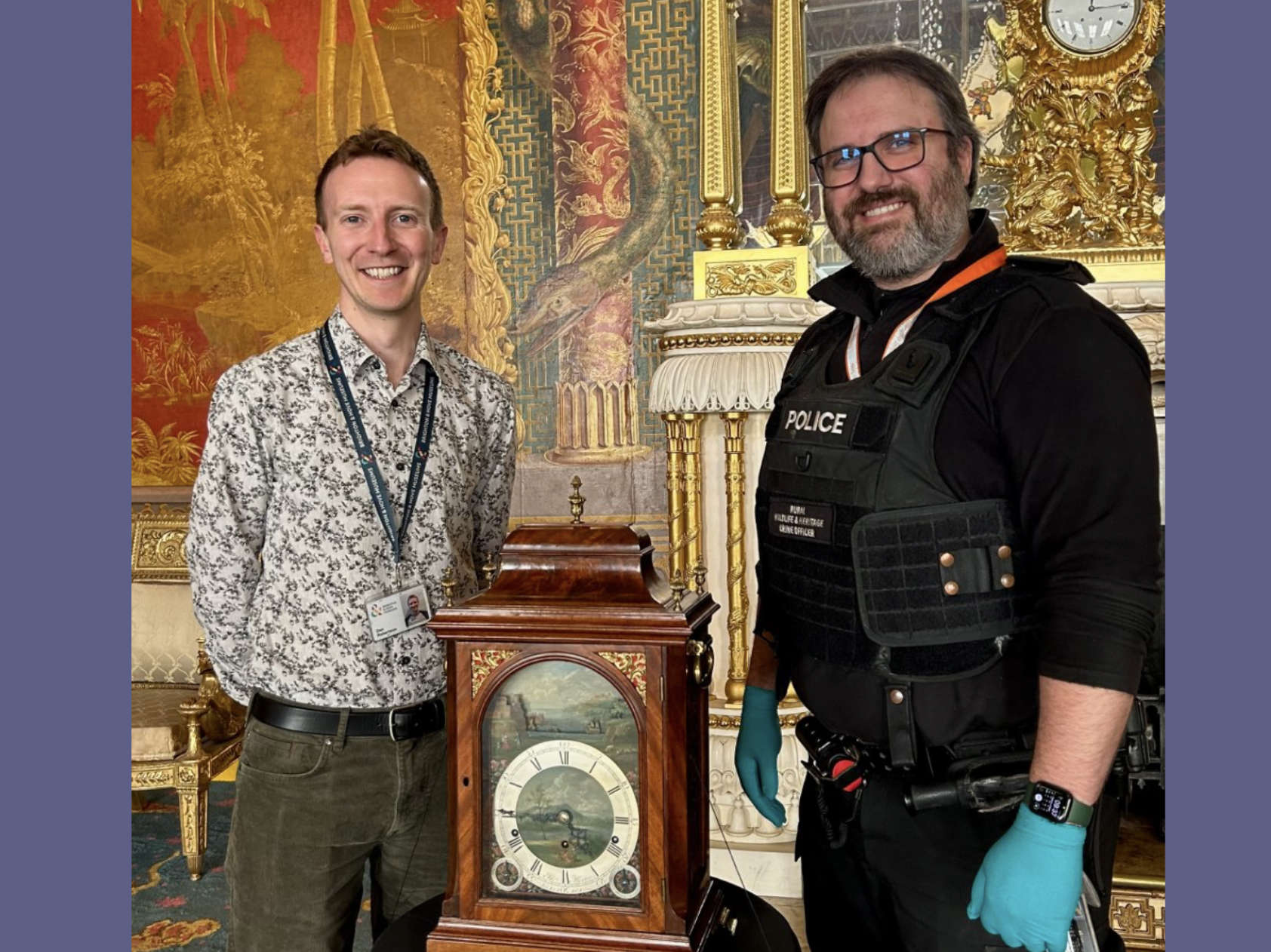 Antique Clock Returned To Brighton Museum Following 2001 Theft
Antique Clock Returned To Brighton Museum Following 2001 Theft
 Shop Thief Faces Sentencing Over East Sussex Incidents
Shop Thief Faces Sentencing Over East Sussex Incidents
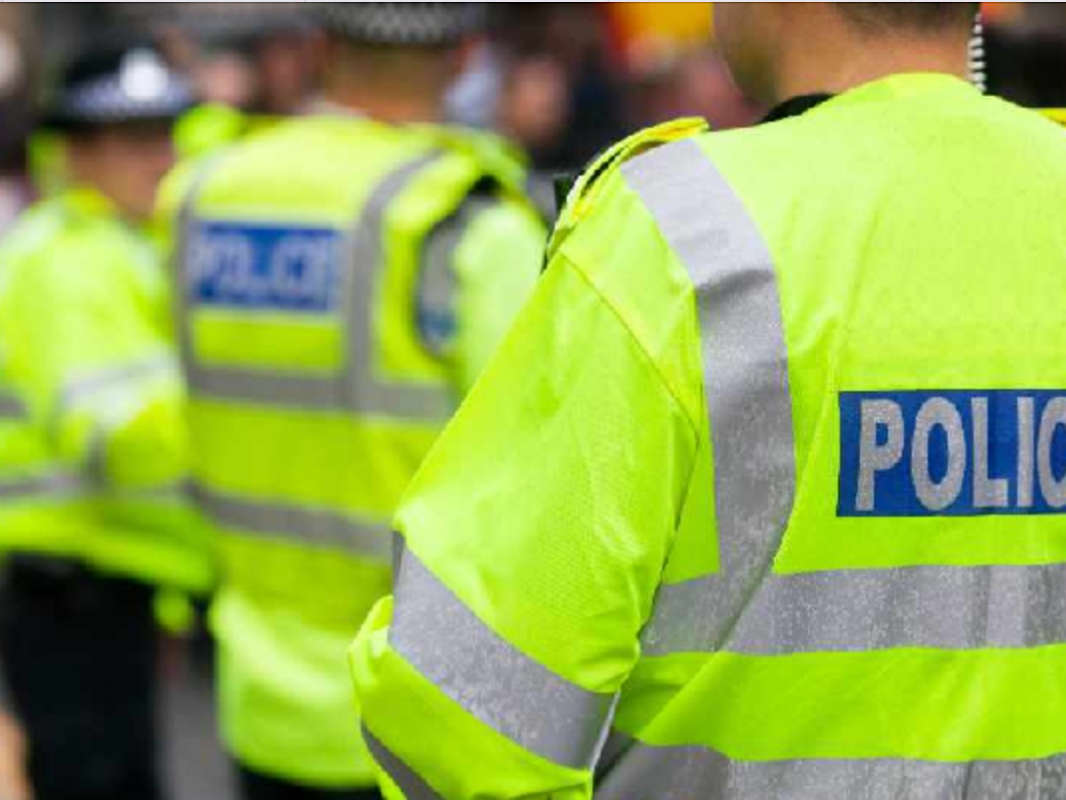 Appeal After Woman Assaulted In Brighton
Appeal After Woman Assaulted In Brighton
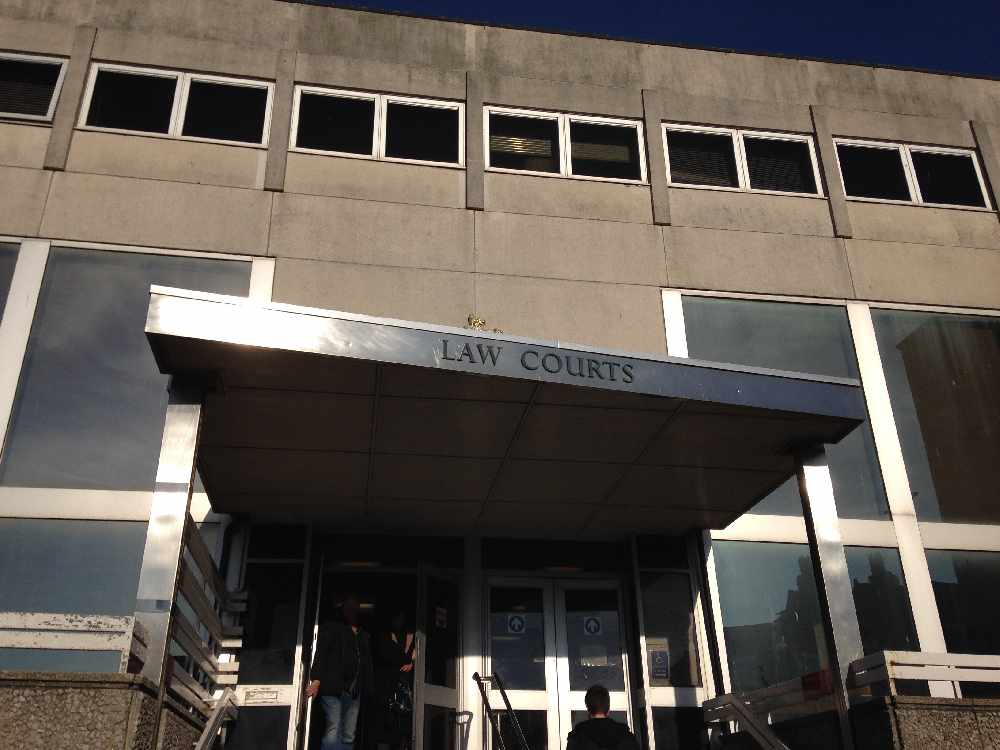 Man Charged Over Bexhill Arson
Man Charged Over Bexhill Arson
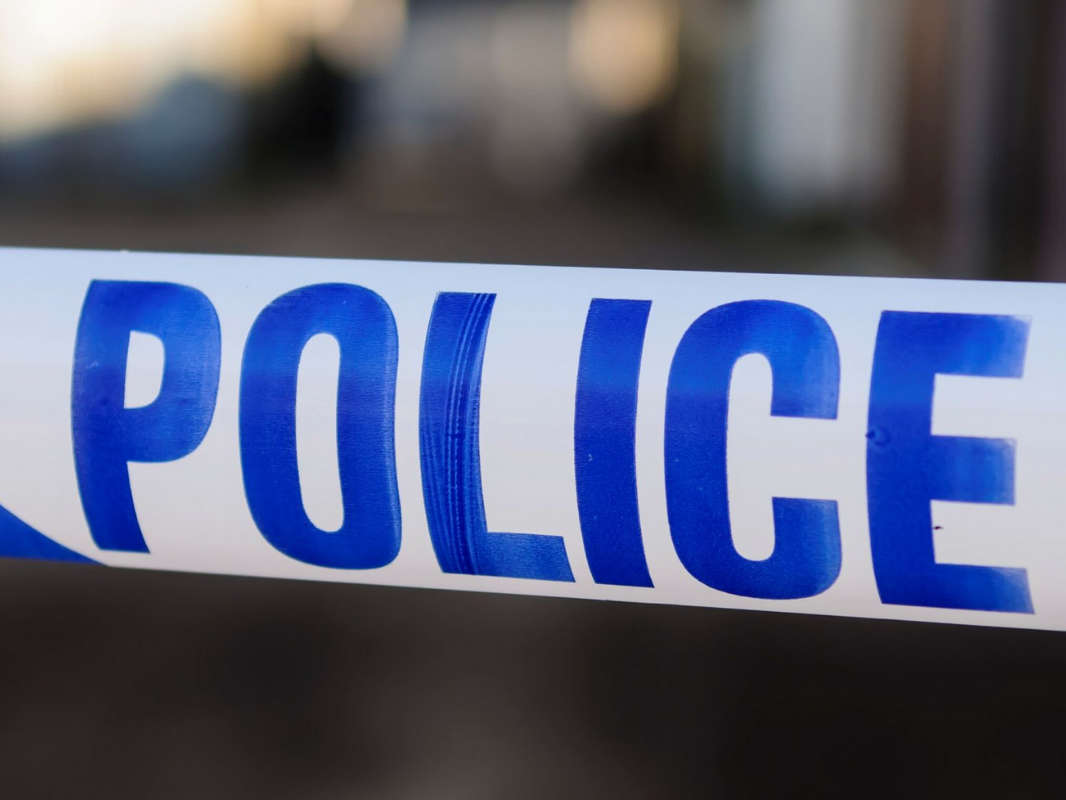 Witness Appeal Following Eastbourne Hit-And-Run
Witness Appeal Following Eastbourne Hit-And-Run
 Wheelchair Accessible Dining Car Launches At Uckfield's Bluebell Railway
Wheelchair Accessible Dining Car Launches At Uckfield's Bluebell Railway